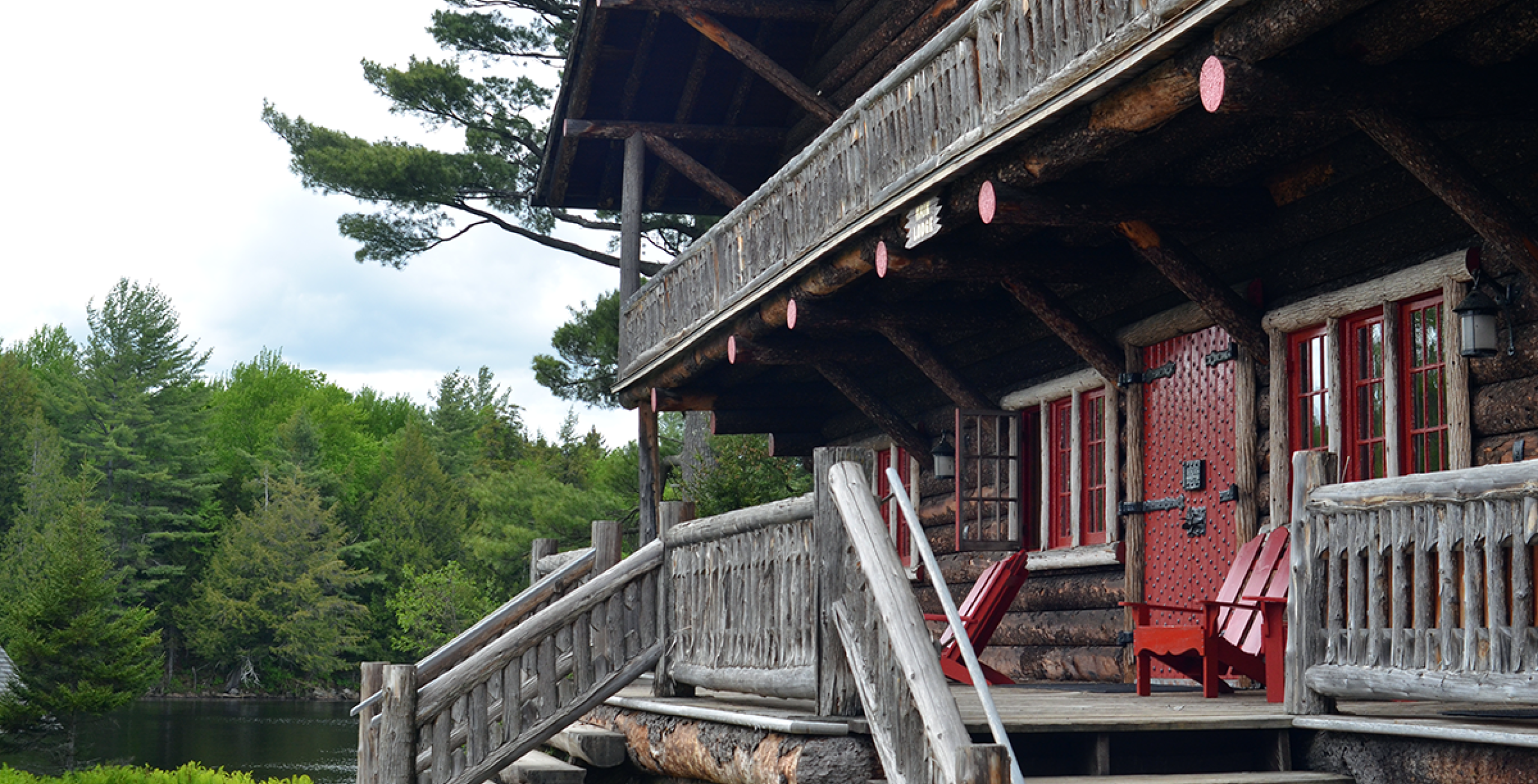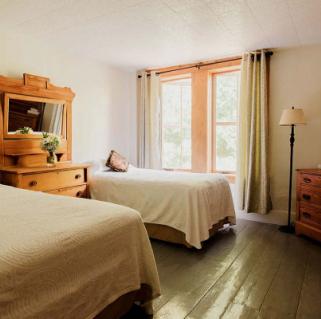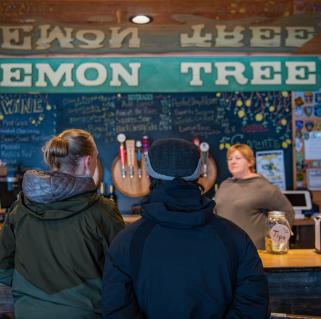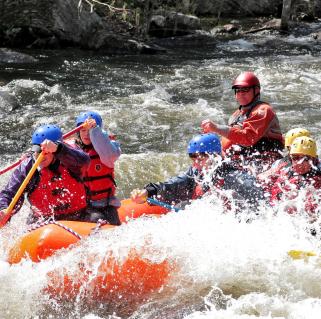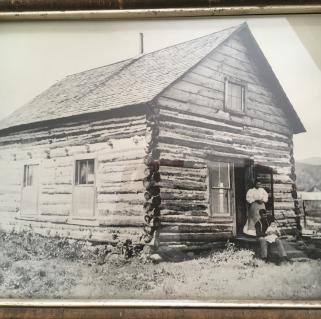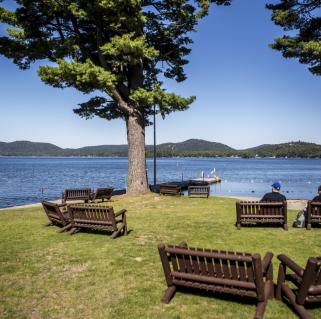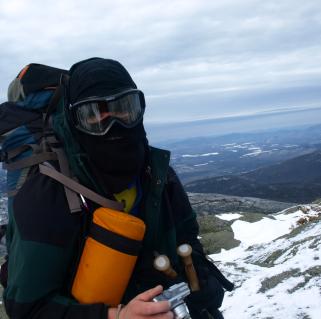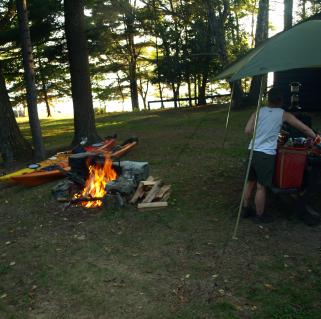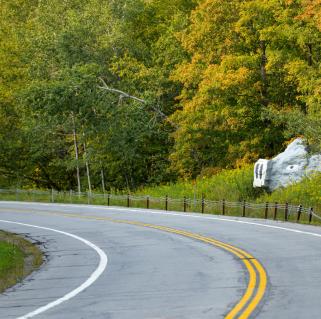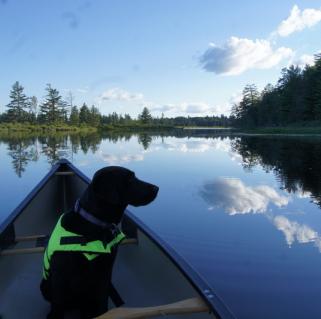The "Gilded Age" in America was a time of rapid economic growth, and those who achieved such wealth celebrated it like never before. It was during this era that the Adirondack Park became one of the favorite playgrounds for the rich and famous, and the origin of the American vacation. In the second half of the 19th century, or "Gilded Age," the affluent population of New York City would "vacate" the hot and muggy city for the cooler weather at their luxurious camps in the Adirondacks and thus the idea of the "American Vacation" was born.
The Birth of the Great Camp Style Architecture
In 1877, land developer William West Durant began constructing the first of his Great Camps on Long Point in Raquette Lake, NY. It was constructed as a place to host investors and was built using native elements such as log, stone, decorative branches and twigs. Rather than building one large camp, the Great Camp style established at Pine Knot was broken out into multiple buildings, each with its own purpose. The buildings were clustered together on a campus that was linked with covered walkways connecting many of its structures.
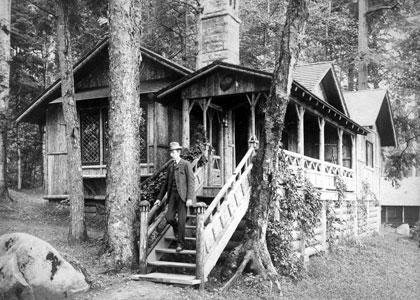
In 1895, Durant sold Camp Pine Knot and the 201-acre parcel that went with it to Collis P. Huntington, transcontinental railroad builder and financier. After Pine Knot, Durant moved on to build Camp Uncas and then Camp Sagamore.
Great Camp Sagamore
In 1895, after William W. Durant had already sold off Camp Uncas and Camp Pine Knot to clear his debt, he set out to build his third and largest complex of them all on Shedd Lake (later renamed Sagamore Lake) in Raquette Lake, NY.
Interesting tidbit: Sagamore stands for "wise, young chief" in the Algonquian language.
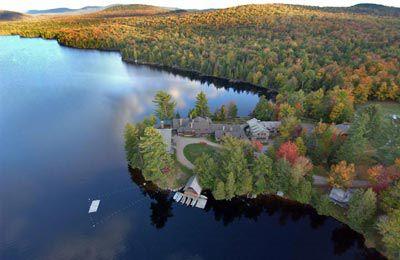
The Lower Complex
Great Camp Sagamore is an expansive 27-building complex that builds off of the Great Camp Style architecture Durant established at Camp Pine Knot. "It's an intrinsically American style of architecture that involves some European elements, like Sagamore's main lodge which is influenced by the chalet. But, the fact that they would construct it from materials like the wood and stone that were found right on the property using local craftsmen is unique," states Garet Livermore, the Executive Director of Sagamore Institute of the Adirondacks.
The Swiss chalet-style main lodge Livermore refers to is the iconic three-story guest quarters that sits at the tip of a peninsula on Sagamore Lake. It is beautifully constructed around a massive fireplace built from granite stone found on the property. Interestingly, the fireplaces were built first and then the buildings were resurrected around them using full-length spruce trunks as the supporting beams. Durant wanted the camp to have a rustic feel and this was executed beautifully with elements like the half-log exterior facade and the knotty-wood and bark-accented interior. It truly is one of the first architectural styles that looks like it belongs in nature, and it has become the model for National Park buildings throughout the United States.
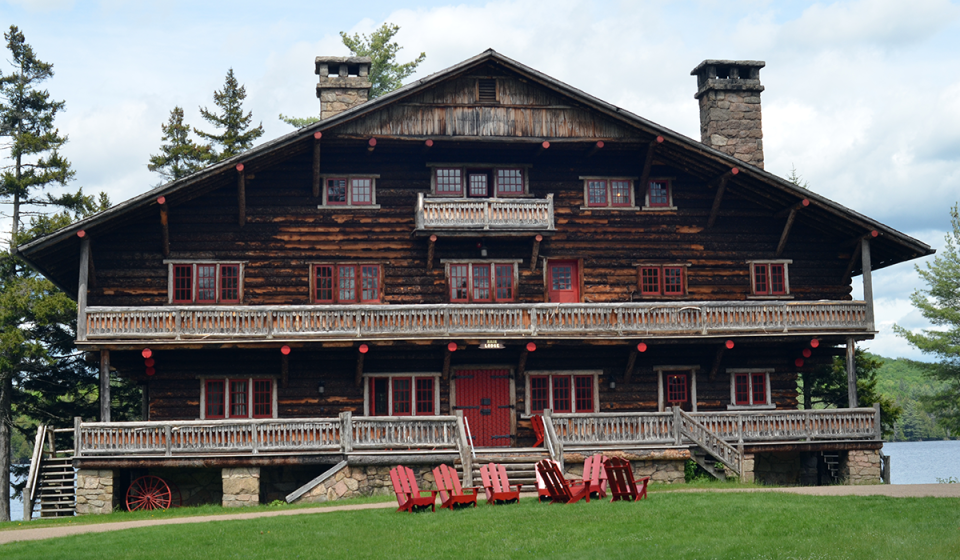
As with Pine Knot, each building at Sagamore was built to serve a different function. From the kitchen and dining hall to the playhouse and adjacent outdoor bowling alley, each building has its own purpose and is laid out within its natural surroundings in a way that feels as though it is supposed to be there. But while camps were built with the intention of looking rustic, the interior of the buildings were built to provide guests with all of the luxury and comforts they were accustomed to in their city lives.
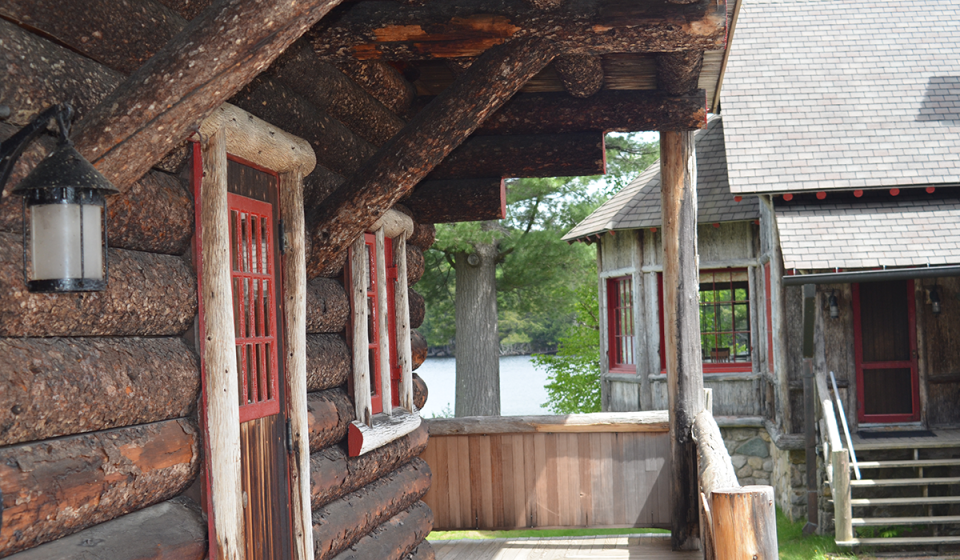
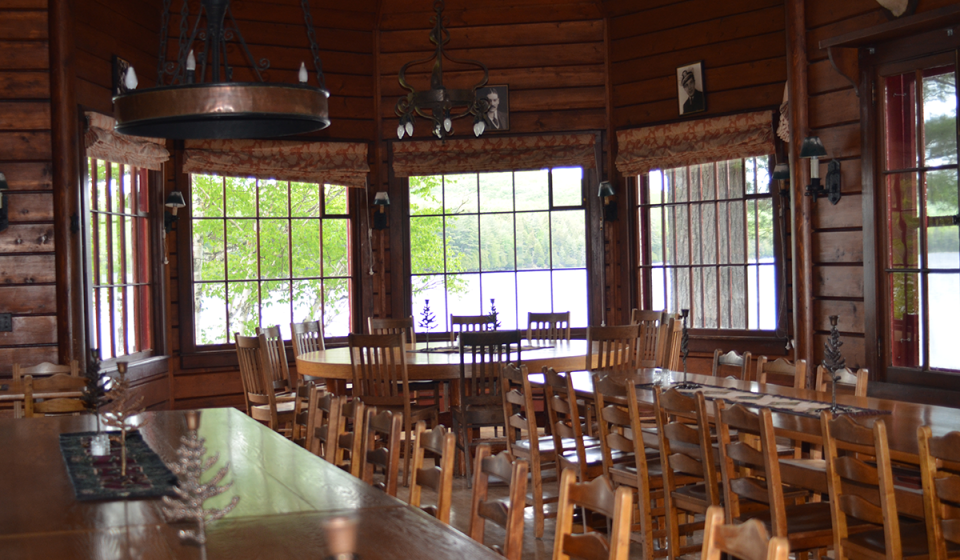
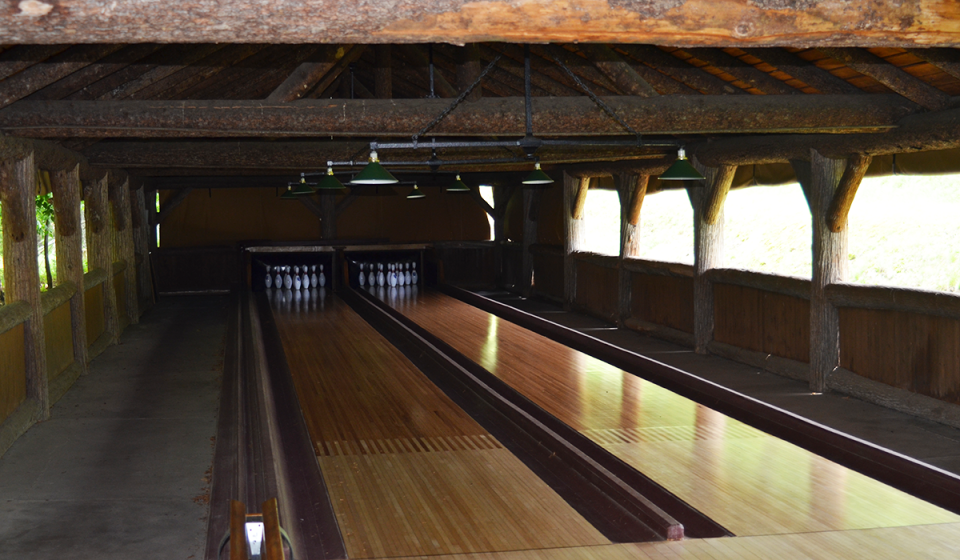
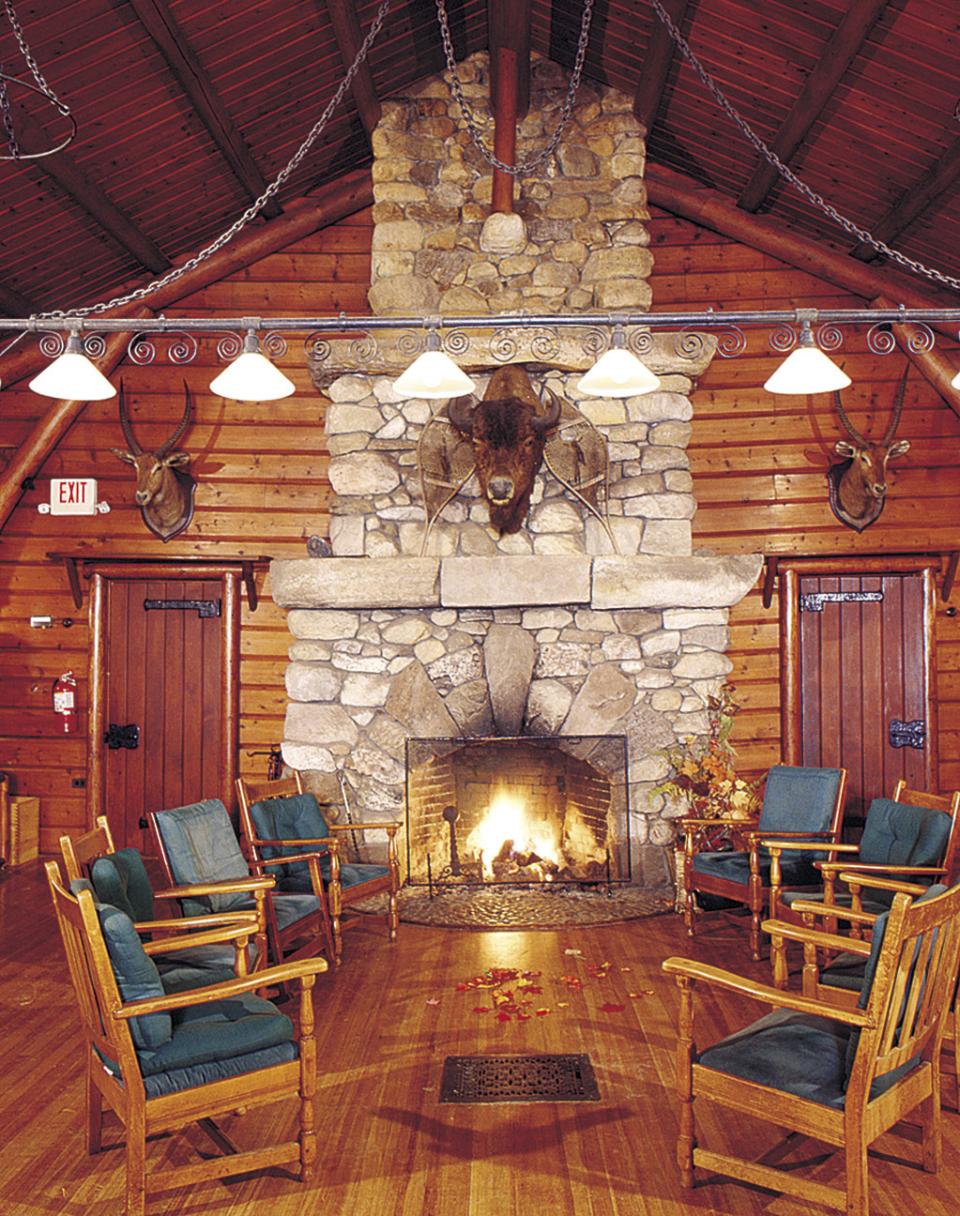

The Upper Camp
Great Camps like Sagamore and Pine Knot were also intended to be self-sufficient. In order to maintain such an elaborate campus of guest buildings at Sagamore (the Lower Complex), Durant built the Workers' Camp (the Upper Complex) approximately a half-mile upland. The design of the Upper Complex was much more utilitarian than the extravagantly detailed Lower Complex, and housed everyone from carpenters and blacksmiths to guides, maids, and cooks.
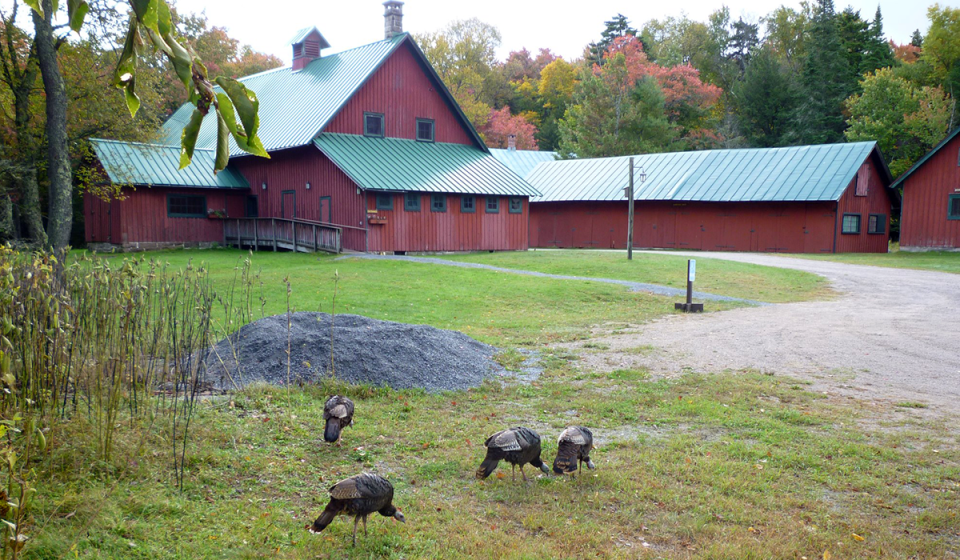
The People
Durant completed Great Camp Sagamore in 1879. Then, just a few years later, due to a lawsuit by his sister over his "mismanagement" of their family's estate, he was forced to sell. In 1901, Durant sold Camp Sagamore to Alfred G. Vanderbilt and it remained in the Vanderbilt family until 1954. The camp was the Vanderbilt's summer residence, a special place where they could escape the heat of the city and entertain family and esteemed guests such as Howard Hughes, Gary Cooper, and Richard Rodgers. "Like an invitation to the White House, being asked to visit Sagamore was an opportunity not to be missed." - Great Camp Sagamore website.
In addition to spending summer at the camp, the Vanderbilts often spent Christmas in the Adirondack winter wonderland of Sagamore. Over the years they continued to expand Durant's largest camp to reach the expansive size of 27 buildings; at the time making it larger than some hamlets within the Adirondack Park.
Experience the Great Camps
Today, Great Camp Sagamore and Great Camp Pine Knot have been designated National Historic Landmarks. Great Camp Sagamore is now operated by a not-for-profit organization, the Sagamore Institute of the Adirondacks. Their mission is dedicated to the preservation and interpretation of the Great Camp. Great Camp Pine Knot is now referred to as "Huntington Memorial Camp," SUNY Cortland's outdoor education center. It primarily hosts school groups, with some limited touring options. These treasures within the Adirondack Park offer a unique opportunity to explore the magnificent craftsmanship of Great Camp Style architecture and the legacy left behind by America's Gilded Age.
Tour Great Camp Sagamore
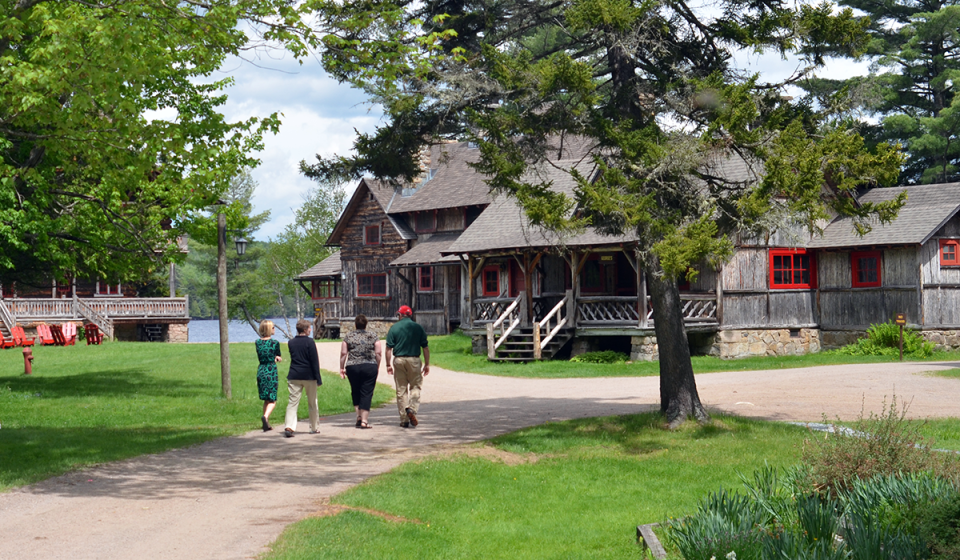
From mid-May through mid-October, you can tour Great Camp Sagamore. Of the few Great Camps that are open to the public, Great Camp Sagamore is one of the only ones with both the guest and worker camps intact, giving you a unique perspective of both the front and back of house. Two-hour tours begin with a half-hour slide show presentation, followed up by an hour-and-a-half walking tour. For the walking tour, you will begin by exploring the Upper Complex (or Workers' Camp) and then journey down to the famous Adirondack retreat of the Vanderbilt family.
Stay At Great Camp Sagamore
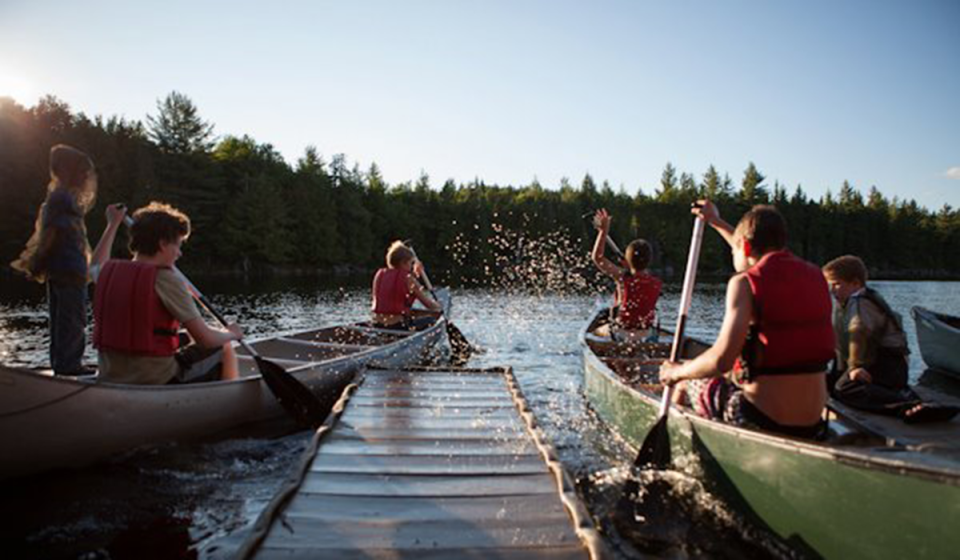
The Sagamore Institute of the Adirondacks invites you to come experience the Great Camp much as the people who built it did. Spend a few nights at Great Camp Sagamore and live like a Vanderbilt with their "Simply Sagamore" accommodations package. The program combines Vanderbilt history, nature, comfort, relaxation and learning. Between meals and historic excursions to The Adirondack Museum and the W.W. Durant, you can spend your free time enjoying canoeing on Sagamore Lake, hiking 20 miles of trails, playing lawn games, and sitting at a campfire amid the tranquil wilderness and beautifully maintained campus.
In addition to the "Simply Sagamore" package, Great Camp Sagamore also hosts a wide variety of extended day events and programs such as their nationally recognized Grandparents' and Grandchildren's Camp, (or inter-generational camp), a craft beer brewing camp, and a variety of artists workshops, to name a few. The dates of these events vary annually and spots fill up quickly, so check Great Camp Sagamore's website for the latest event calendar.
Visit Camp Pine Knot via the W.W. Durant
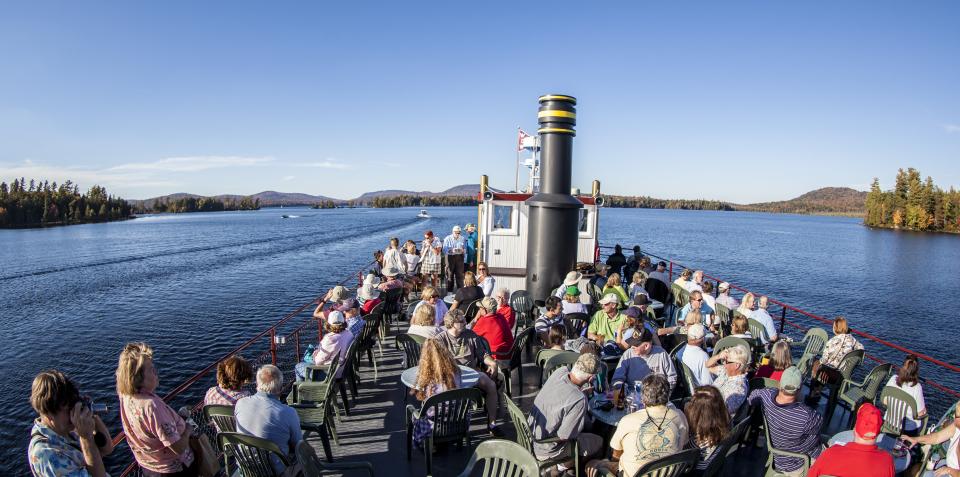
Not far from Great Camp Sagamore, Raquette Lake Navigation in Raquette Lake, NY operates the beautiful steam boat replica the W.W. Durant. Throughout the warmer seasons the W.W. Durant provides a unique tour of Raquette Lake with a variety of different cruising options. A few times a year, they are able to provide guests with a unique opportunity to have a guided tour of the original Adirondack Great Camp, Camp Pine Knot. The tour includes a water taxi to Camp Pine Knot at St. Williams on Long Point, followed by a luncheon cruise. This is a unique opportunity to explore the architectural design that has influenced the design of all of our treasured National Parks.
Gilded Age Tour
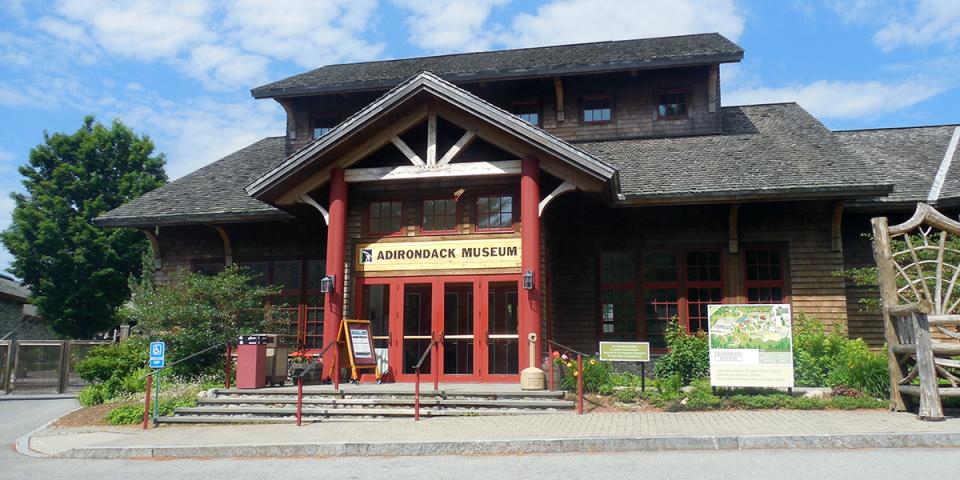
Experience it all with the Gilded Age Tour package. "Marvel at the rustic elegance enjoyed by the Vanderbilt family at Great Camp Sagamore, indulge your senses with a gourmet lunch and historic cruise aboard the W.W. Durant and explore fascinating regional history at the Adirondack Experience, The Museum on Blue Mountain Lake in nearby Blue Mountain Lake." For itineraries and reservations, contact one of the three participating tour sites.
No matter how you decide to tour the Adirondack's Gilded Ages and Great Camps, one thing is for sure: you will be amazed as you marvel at their beauty and solitude, and you'll walk away with memories that will last you for years to come.

